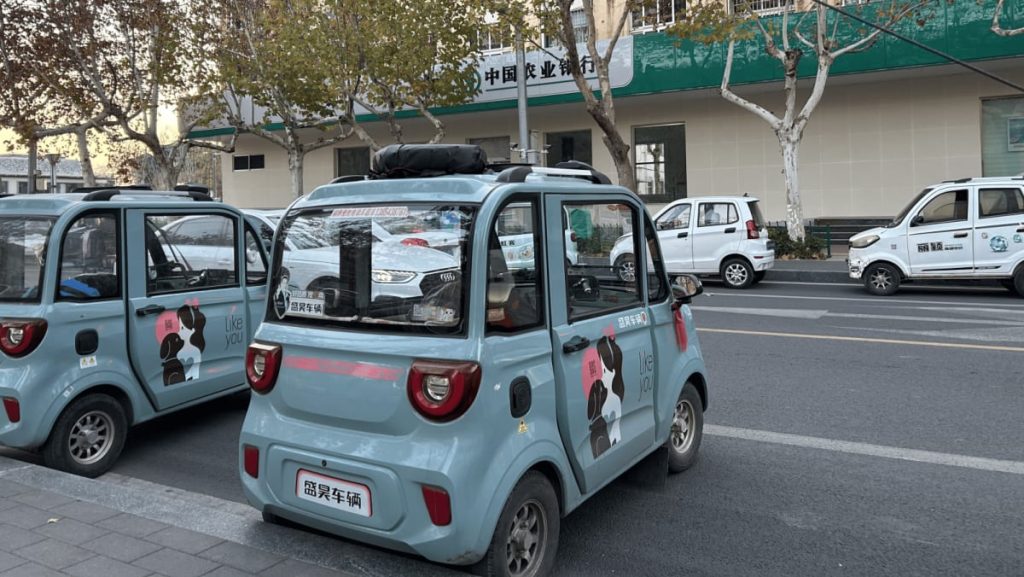The emergence and proliferation of low-speed electric vehicles (LSEVs), colloquially known as “laotoule” (old man cars), in China present a complex interplay of benefits and drawbacks, particularly for the elderly population they primarily serve. Initially appearing in the early 2000s, these vehicles gained immense popularity due to their affordability, ease of operation, and exemption from licensing and traffic regulations. With over 10 million laotoule on Chinese roads by 2020, they became a ubiquitous mode of transportation for seniors, offering a level of mobility and independence previously unavailable to many. This accessibility, however, came at a steep price, as the lack of regulation and often substandard vehicle quality contributed to a surge in accidents and fatalities.
The inherent dangers associated with laotoule operation stem from a convergence of factors. The absence of licensing requirements means many drivers lack formal training and understanding of traffic laws, leading to frequent disregard for road safety. Coupled with the vehicles’ often flimsy construction and lack of safety features, accidents involving laotoule tend to result in more severe injuries and fatalities. Furthermore, the absence of a robust insurance system complicates the aftermath of accidents, leaving victims and their families with limited recourse. The unregulated nature of laotoule operation created a grey area within the transportation landscape, allowing these vehicles to proliferate unchecked despite their inherent risks. This situation, however, began to change as the mounting toll of accidents forced authorities to take action.
The growing alarm surrounding laotoule safety culminated in widespread bans and crackdowns in several major Chinese cities. In Beijing, following over 100 fatalities in 2022, laotoule were banned from roads and public spaces at the beginning of 2023. Similar crackdowns occurred in other cities, such as Ganzhou, after accidents highlighted the dangers of unregulated laotoule operation. These actions reflect a growing recognition of the urgent need to address the safety concerns surrounding these vehicles and to integrate them into a more regulated framework. While some regions have opted for outright bans, others have implemented stricter registration and licensing requirements, aiming to bring laotoule operation in line with existing traffic laws and safety standards.
Despite the increasing restrictions, the demand for laotoule among the elderly persists, highlighting the complex social and practical considerations surrounding their use. For many seniors, especially in less developed areas, laotoule offer an affordable and convenient means of transportation, allowing them to maintain independence and participate in social activities. The alternative – relying on public transport or family members – may be impractical or unavailable, particularly for those living in rural or remote areas. This dependence on laotoule creates a dilemma for policymakers, who must balance the need for safety with the legitimate transportation needs of a significant segment of the population.
The challenge lies in finding a sustainable solution that addresses both the safety concerns and the mobility needs of the elderly. Experts suggest a multi-pronged approach involving stricter regulations, improved vehicle safety standards, enhanced driver training and education, and the development of a comprehensive insurance system. Requiring laotoule to meet minimum safety standards, implementing mandatory licensing and registration procedures, and educating drivers on traffic laws could significantly reduce the risk of accidents. Furthermore, establishing a dedicated insurance framework would provide financial protection for victims and encourage responsible laotoule operation.
Ultimately, the future of laotoule in China hinges on the ability of authorities to strike a balance between ensuring safety and preserving the mobility benefits these vehicles provide. A comprehensive approach that incorporates stricter regulations, improved vehicle standards, driver education, and insurance provisions is essential to mitigate the risks associated with laotoule operation and to ensure their sustainable integration into the transportation landscape. The challenge remains to effectively regulate these vehicles without unduly restricting the mobility and independence of the elderly population they serve, while simultaneously ensuring the safety of all road users. This will require ongoing dialogue and collaboration between policymakers, manufacturers, and the community to develop a long-term solution that addresses both the practical and social dimensions of this complex issue.

